“An unexamined life is not worth living” — a famous phrase of Socrates that echoes intro the modern days is a timeless reminder that we should seek ways to be conscious about our decisions and conscious about the way we walk through life. We can make examination in retrospect and learn from previous experiences, but it also can be projected into the future. To be able to do so it is helpful to develop a framework (or few) for thinking about all kinds of issues.
Different currents of philosophic thought offer us possible ways to analyse the world. The choice in between the many options is eventually made according to one’s personal tendencies and experiences. To be able to navigate better through life though, it is useful to have as many as possible under your belt and juggle between them to get a better grasp of the subject in hand. Trying on different perspectives is a very enriching practice. Sometimes they go along together very well, (such as Buddhism and Stoicism for me, for example) but sometimes can create a scheme that will embrace a completely opposing viewpoint and give it validity. It is a good exercise for the mind, and it also brings us closer to the complexity of reality that encompasses all the different outlooks on a single object. They say that intelligence is seen in the ability to hold two opposing views at the same time — challenging yourself constantly in such a way will prevent your mind from stagnation.
According to the writer Scott Barry Haufmann, intelligence is the ability to perceive and apprehend what IS, imagination is ability to perceive and comprehend what CAN BE. Creativity is a combination of both. When you develop the capacity to function on each level, you are coming closer to obtain wisdom.
Wisdom encompasses transcendence — seeing that everything is the part of the larger whole. It gives you realistic understanding of human nature. The understanding that this is way we evolved to be, that there is no good nor evil. It gives you the ability to hold seemingly incompatible things within yourself, thus allowing the world to be the way it is. It is a process of obtaining inner wholeness and coming to peace with all layers of existence.
My encounter with movement practice became a point where I started developing a completely new perspective on things that surround me. My day-to-day encounters with reality became completely different from what they used to be. It doesn’t mean I completely disregarded my previous experiences, all the way around: it allowed me to integrate them into the bigger picture. Movement is a lens that I look through at everything now. It had shifted the point from which I relate to my environment. It opened up a myriad of possibilities I were blind to previously and it gives me a sense of balance when navigating the world with all its complexity. This placement is helpful for affirmative decision-making and moving forward: because then it is not coming from the place of fear and lack of understanding, but from the strong inner axis. When we talk about movement as a concept, it becomes such a vast and vague template, that it gives you a whole set of lenses you can switch between constantly when looking on different aspects of your reality. This multifaceted surface becomes a bridge to higher levels of creativity.
Another great thinker of ancient times, Marcus Aurelius, stated that “Very little is needed to make a happy life; it is all within yourself, in your way of thinking.” Creating a framework for thinking to navigate the world is a duty of each one of us. Chose a template that helps you become whole, builds a nourishing environment for creativity and allows making conscious choices.

